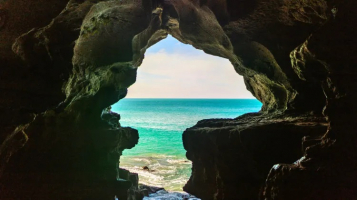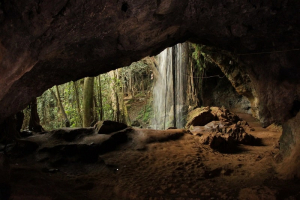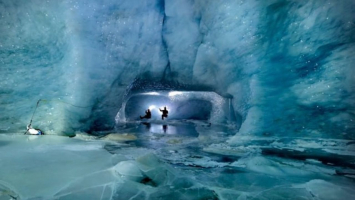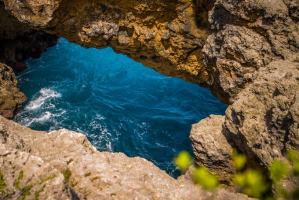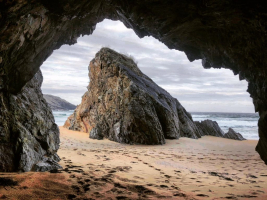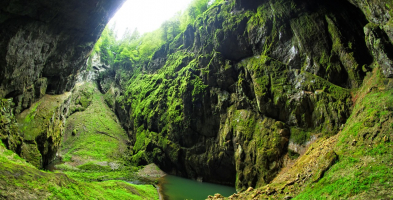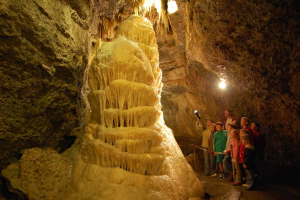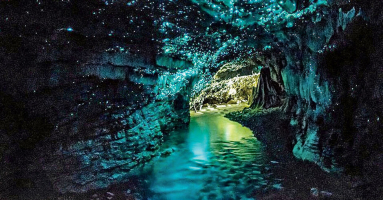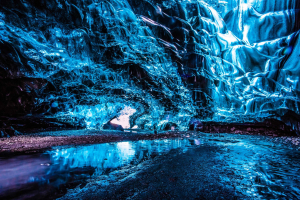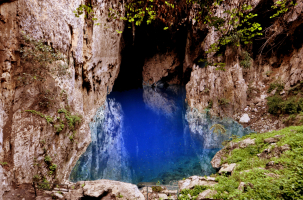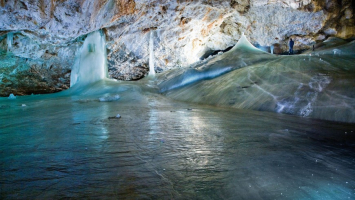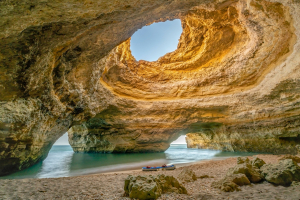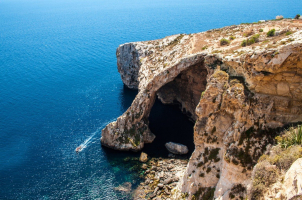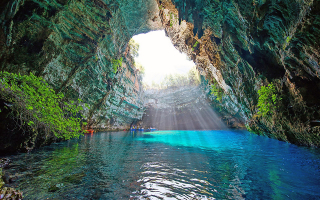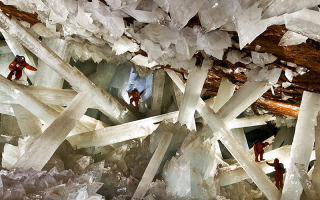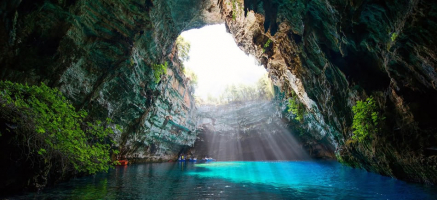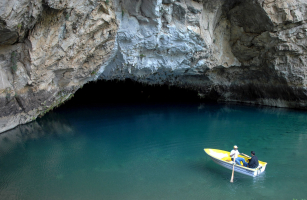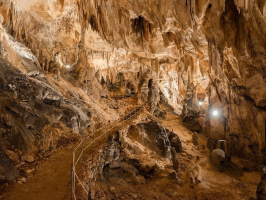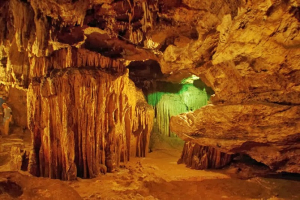Top 5 Most Beautiful Caves in Uzbekistan
There are greater than a thousand caves in Uzbekistan. In phrases of the variety of caves, their intensity and size, the caves of Uzbekistan are drastically ... read more...beforehand of all of the well-known caves of Central Asia taken together. Today, let's explore the most beautiful caves in Uzbekistan with Toplist !
-
One of the most beautiful caves in Uzbekistan is Boybuloq. Boybuloq(additionally referred to as Boy-Bulok and Boj-Bulok, Uzbek: Boybuloq, Russian: Бой-Булок) is a limestone give way Uzbekistan, the private give way Central Asia and all Asia besides its western part. The cave is 1,430 metres (4,690 ft) deep and 15,212 metres (49,908 ft) long with the primary front at an elevation of 2,647 metres (8,684 ft). It is located at the threshold of Baysun-Tau mountain ridge, the southern spur of the Gissar Range, withinside the southeast of the country. The nearest village is Dehibolo (Дюйбало in Russian), to the northeast of Boysun.
The cave advanced withinside the blanketed karst of Upper and Middle Jurassic limestones, in monoclinal strata, withinside the preserved wing of an anticline. The thickness of limestone strata is from 2 hundred to 350 meters. Contrary to maximum limestone caves it turned into now no longer shaped via way of means of water precipitation penetrating from the floor but, because the soluble rock is blanketed via way of means of insoluble strata, via way of means of condensation.Hence the cave is composed specifically of very slim passages which descend alongside the incident attitude of strata, sometimes interrupted via way of means of vertical shafts, no deeper than 30 metres (ninety eight ft), and ends with an impassable siphon.
It turned into explored via way of means of Russian cavers in view that 1984, withinside the framework of Ekaterinburg Speleo Club (SGS) and the Assoсiation of Ural speleologists (ASU), with the participation of cavers from Italy, Great Britain, Slovakia, France and Switzerland (in chronological order).
Location: Dehibolo, Uzbekistan
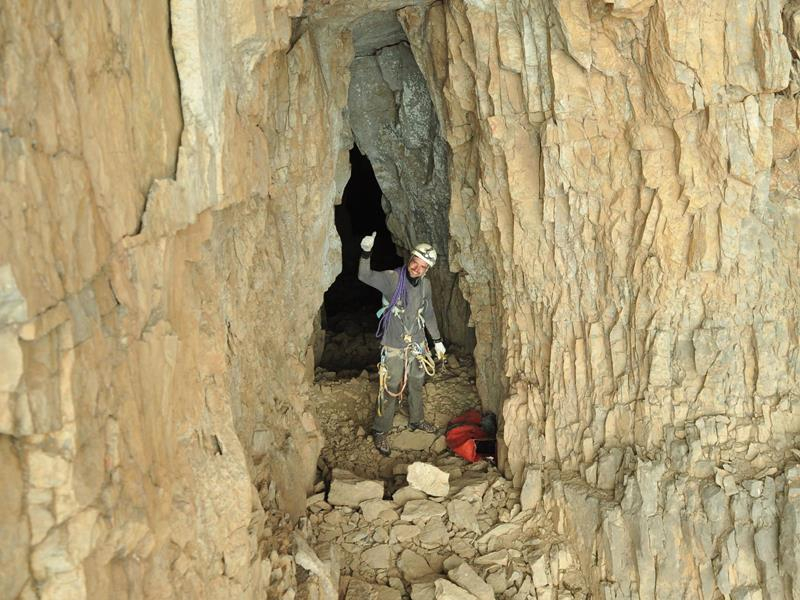
Photo: Asia Adventure 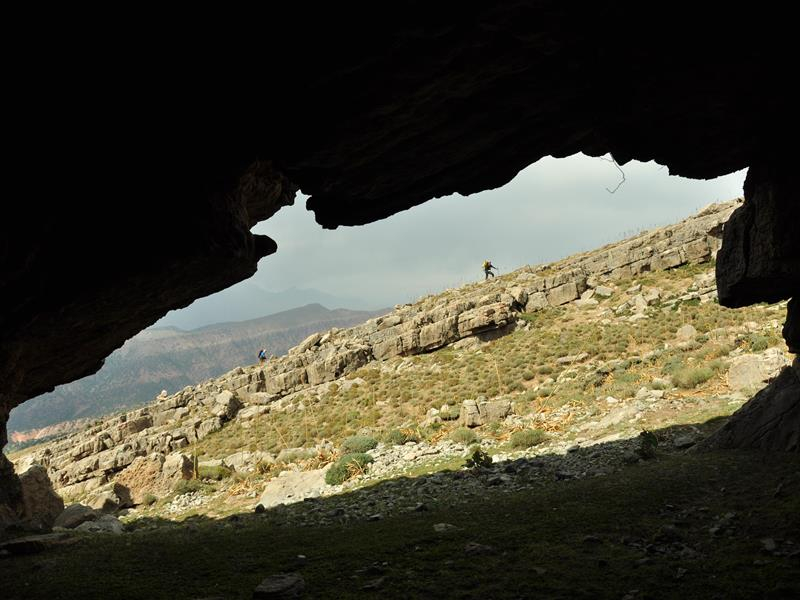
Photo: Asia Adventure -
Kievskaya is situated in the Urgutskij district of Samarkand region near Kamangaran village on Kirktau mountain range (part of Zarafshan mountain range). This cave was discovered in 1972 by speleologists from Kiev. As the result of 3-year investigations the maximum depth of 990 meters was reached. The cave consists of a vertical shaft and more than 30 layers joined by shafts with depths from 10 to 90 m located one over another. The cave ends with a lake of almost 10m depth. Attempts to dive with an aqualung lower than that mark failed: it was impossible to dive down through the narrow crevasses. In the middle of the 90-s, Kievskaya cave was the deepest in the territory of the former Soviet Union. This cave is considered one of the most beautiful in Uzbekistan.
Location: Urgutskij district of Samarkand region near Kamangaran village
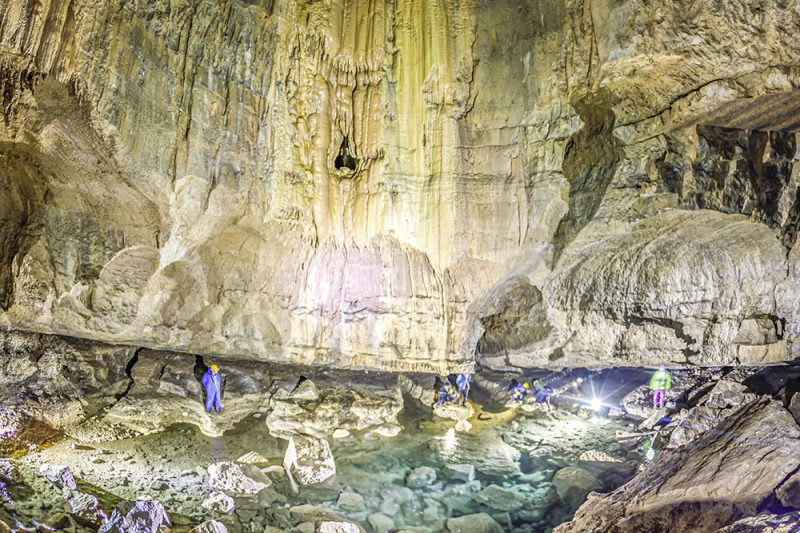
Photo: Asia Adventure 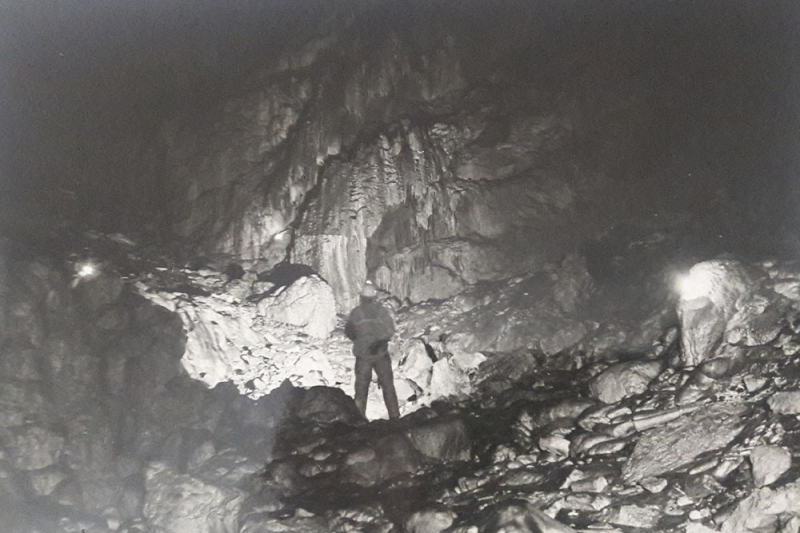
Photo: Asia Adventure -
The Dark Star cave machine in a far off nook of Uzbekistan may sooner or later be topped the ‘world’s private cave’. Hidden in the subterranean labyrinth lie geological time tablets that maintain the name of the game to Earth’s beyond and destiny climate.
In 2011 the exceptional ability of Dark Star Cave became revealed, after huge new discoveries had been made. Since then, extra expeditions with worldwide groups of cavers, led with the aid of using the Ekaterinburg Speleological Club and with the aid of the Speleological Association of the Urals (SAU, Russia), have endured the exploration of those specific excessive altitude caves of the Baisun-tau. Both the duration and intensity of Dark Star were extended nearly two-fold each year. So far, six entrances and 9,537m of surveyed passages were located to an intensity of −858m, and Dark Star has now emerged as the point of interest of exploration for expeditions to the area.
Location: Boysuntov Range
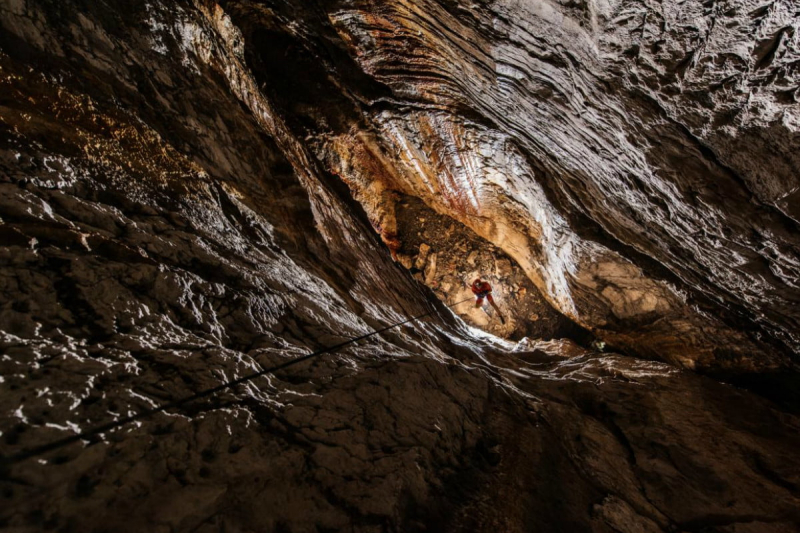
Photo: Digital Trend 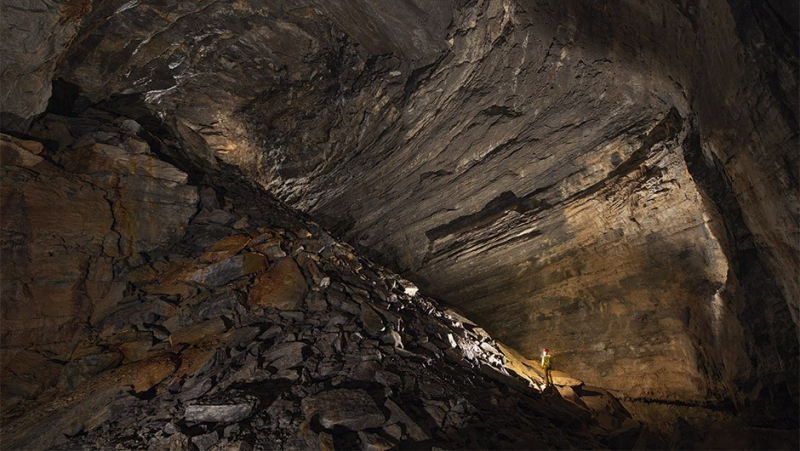
Photo: BBC Science Focus Magazine -
Teshik-Tash Cave, excavated in 1938 and 1939, is a key archaeological site page for our expertise of the Middle Paleolithic populace dynamics of Central Asia. Its privileged popularity is because of the invention of well-preserved Neanderthal skeletal stays in affiliation with wealthy lithic artifacts.
Teshik-tash Cave is an area of pilgrimage for Uzbek human beings, and now no longer most effective for them. It became observed withinside the center of the ultimate century. One of the archaeologists who labored right here observed a cave, and in it - stays of a Neanderthal boy. Rock art work made withinside the Mousterian era, and the parking of primitive human beings had been additionally discovered there. As for the cave, it seems quite impressive. If you appear intently on the vaults of the cave, you could see the water that has shaped them step by step drips. This very particular supply of this water remains a thriller for current scientists.
Today Teshik-tash deservedly bears the name of the maximum critical archeological monument of the Mousterian period. Thanks to scientists, it became viable to reproduce the photograph of a boy whose remains had been discovered in a cave. In addition, the discovery has caused many discoveries regarding the arrival and life-style of Neanderthals. Therefore, it isn't always unexpected that Teshik-tash draws archaeologists and historians as a magnet.
Location: Bajsuntau mountain range
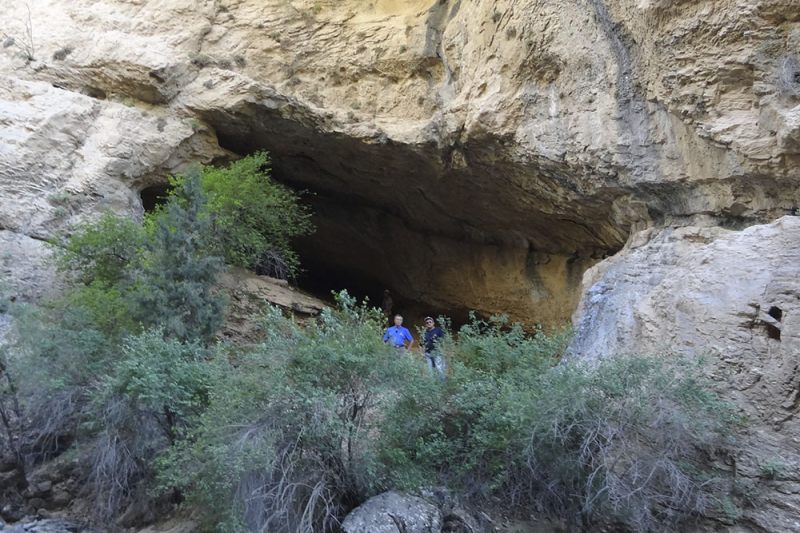
Photo: Asia Adventure 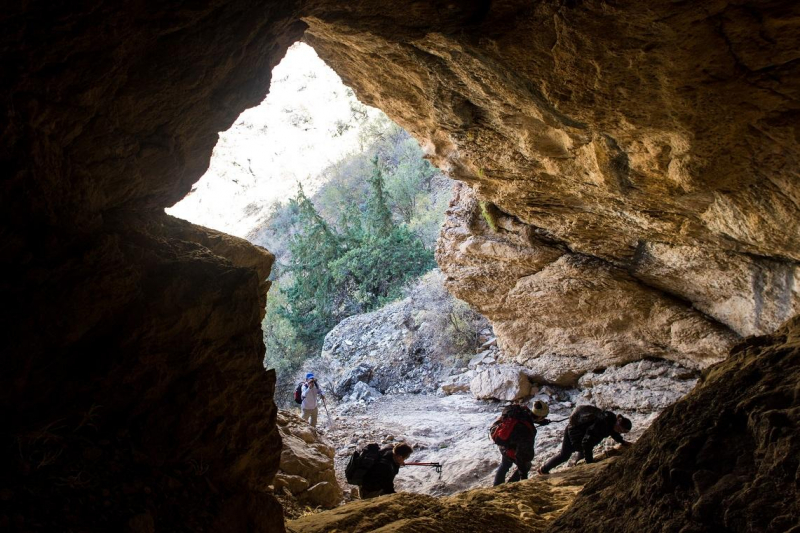
Photo: Uzbek Travel -
The beautiful cave of the Tamerlan (Amir Temur Kuragani) is located withinside the Gissar Mountains and administratively belongs to the Yakkabags district, of the Kashkadarya vicinity of Uzbekistan. The big front to the cave is placed on the foot of the Eastern wall grand canyon, slit via the river withinside the limestone. Tamerlanne is always on the list of the most beautiful caves in Uzbekistan.
To get to the cave isn't clean and also you want a conductor. You can try and discover inconspicuous trail, which descends the stone steps into the canyon to a intensity of 2 hundred meters. The picturesque canyon approximately 6 miles lengthy resembles the canyon of the famous journey film "Gold of the McKay”. On all facets you're surrounded by means of weird rock towers. Going right all the way down to the lowest of the canyon, you discover yourself in a stone "bag", which locations even without daylight. The width of the canyon then narrows right all the way down to 10-12 meters then multiplied to 50-60 meters. The vertical partitions of canyon cross as much as 2 hundred-three hundred meters. Turning to the proper financial institution of the river and ascending the scree slope of the canyon, which changed into overgrown with scrub and juniper, climb to the bottom of rocky partitions, wherein all at once opened the doorway to the cave.
Location: the Gissar Mountains belongs to the Yakkabag district, of the Kashkadarya region of Uzbekistan
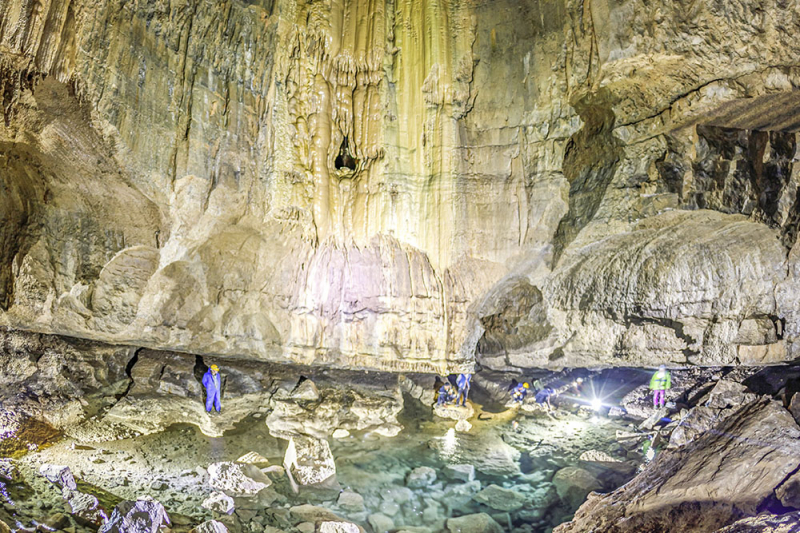
Photo: Asia Adventure 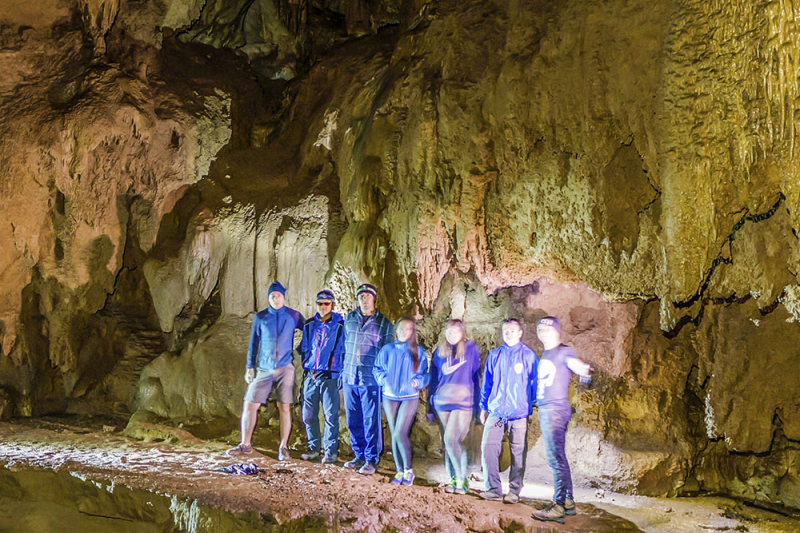
Photo: Asia Adventure







